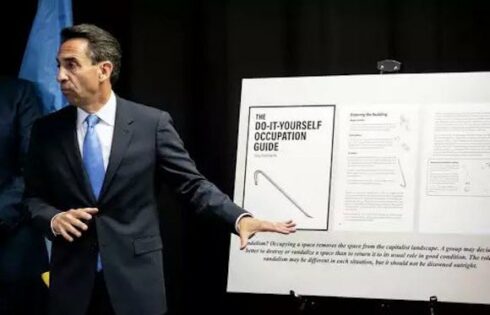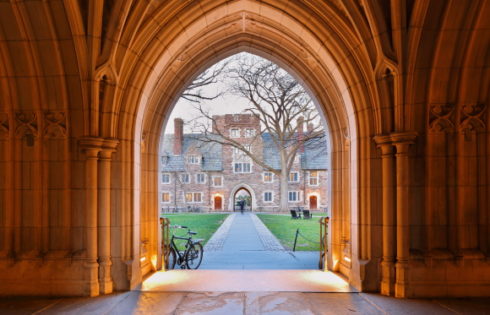The College of the Holy Cross has been considering changing its mascot, the Crusader, for several months.
It seems to be driven by faculty distaste for the name and its supposed affiliation with white supremacists and anti-Muslim sentiment, not any student groundswell.
Just in case the decision is not predetermined and the board of trustees’ process not “mere window-dressing,” National Review columnist Dan McLaughlin shares his analysis of why removing the mascot would set a dangerous precedent for both its Catholic identity and “the future of intellectual exchange on its campus.”
McLaughlin demolishes the idea that keeping the mascot – formally adopted by the student body in 1925 – is signaling affinity with the Ku Klux Klan, which adopted the moniker several decades later:
This was roughly the same era in which Notre Dame embraced the “Fighting Irish” label, which first originated as a taunt. It was an era of Catholic political and social awakening in America, culminating in the first (unsuccessful) Catholic major-party presidential nominee, Al Smith, in 1928. In June 1925, the Supreme Court, in a landmark ruling on behalf of a Catholic order of nuns, struck down a Klan-backed anti-Catholic Oregon law requiring all children to attend public, not religious, schools. …
In this atmosphere, it is not surprising that Catholic schools like Holy Cross and Notre Dame embraced the slurs and proudly proclaimed their heritage in combative terms as “Crusaders” and “Fighting Irish”.
Historical critics of the Crusader moniker are looking at medieval Christians through the lens of their own bias, as an example of “European imperialism and colonialism,” he argues:
Six centuries removed from the fall of Rome, the European Christians of the late eleventh century lived in a world where Christian societies had been on the run from the armies of Islam for 450 years, and ruled no lands to speak of outside Europe. …
Some Crusaders sought plunder or new lands and titles, but for most, the passage to the Holy Land was a sacrifice: expensive, risky, hot, disease-ridden, and often miserable. Nobles sold off lands to make the journey, and kings risked losing control of their realms or being invaded by neighbors while away. …
The real Crusaders were not 19th century imperialists; some were saints, all were sinners, but most were leaving behind the easy path to pick up their crosses to follow Christ. Maybe that’s not the worst idea to promote these days.
If the Crusader is really so offensive, then it’s worth asking whether the administration sees “Catholic identity, Catholic tradition, and a predominantly Catholic student body” as “sources of more embarrassment than pride” as well, McLaughlin says.
Coming on the heels of Holy Cross removing the cross from its logo in place of the too-vague-to-offend sun, you could forgive observers for wondering if the administration is slouching toward “a stifling left-wing political conformity that declares an ever-increasing number of topics and points of view out of bounds, and demands ritual ‘woke’ renunciations of the Western patrimony.”
As McLaughlin says, it’s been 700 years since the last Crusader state fell: “Who could still be offended by the mascot? Only those who would already be offended by the name ‘Holy Cross.'”
Like The College Fix on Facebook / Follow us on Twitter




Add to the Discussion